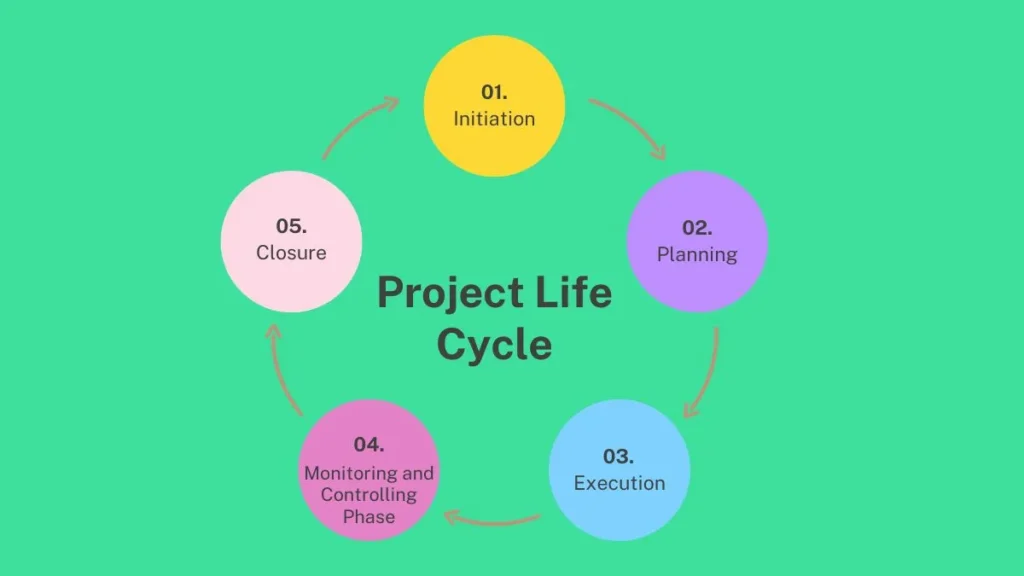Optioneering is an important process in the construction industry, helping to eliminate unnecessary project costs while ensuring that the end result meets safety, quality, and other requirements established by applicable standards.
To get it right, though, you need techniques tailored specifically for determining options available for a construction project—that’s where these tools and techniques come into play. Using a construction optioneering platform, for example, can streamline the process and reduce the amount of time needed to plan and build a project.
Read on if you’re interested in achieving successful construction optioneering.
Page Contents
The concept of optioneering

Optioneering is the process of examining options available to determine which will be most suitable for a particular construction project. It involves looking at different ways to design and construct the project, such as using certain materials or equipment and weighing up their advantages and disadvantages against each other.
The goal is to identify the best possible option that meets all stakeholders’ requirements, from safety and regulatory compliance to cost efficiency and quality. In doing so, optioneering can help to eliminate unnecessary project costs or the risk of delays due to design flaws or poor decision making.
How optioneering is beneficial
Optioneering can provide numerous benefits to a construction project. By considering all potential options, it helps to identify the most suitable design that meets all stakeholders’ requirements and is cost-effective.
Furthermore, by reviewing different scenarios in detail, optioneering can allow for informed decision making and risk management. This helps to ensure the project is completed on time and within budget while also improving the safety of workers, reducing environmental impacts, and increasing customer satisfaction.
Not to mention, optioneering can be a great way to uncover opportunities for innovation that may not have been considered otherwise.
Tools and techniques for optioneering
Here are some tools and techniques for successful optioneering in construction.
1. Utilize visualization tools

Visualization tools are useful for quickly evaluating different design options and their associated costs. They allow users to visualize the entire project in 3D, making it easier to identify potential problems or areas of improvement.
For example, software that uses Building Information Modeling (BIM) can be used to generate virtual models of a construction project that can then be used to analyze the design and cost of different options.
2. Leverage existing data
Leveraging existing data is a critical step in the construction optioneering process. By using all available data, construction teams can make more informed decisions and identify the best possible options for their project.
Past projects
Data from past projects can provide valuable insights into what works and what doesn’t. By analyzing the data from similar projects, construction teams can identify potential pitfalls and opportunities for improvement. This can help them make more informed decisions and select the best option for their project.
Industry trends
Industry trends can also provide valuable insights into potential options. By keeping up with the latest technologies, materials, and methods, construction teams can identify new opportunities and potential solutions. This can help them stay ahead of the curve and ensure that their project is using the most advanced and effective options available.
3. Identify the project’s needs and priorities
It’s important to take the time to identify what the project needs and prioritize those needs before embarking on optioneering. This can help construction teams narrow down their options to those that best meet their requirements and budget.
For instance, if cost is a primary concern, then certain design options may be immediately eliminated; or if safety is a top priority, then certain materials and equipment may be focused on.
4. Consider the entire lifecycle of the project

Construction optioneering is a process of evaluating and comparing different construction options to determine the best one for a particular project. However, it’s important to consider the entire lifecycle of the project when optioneering to ensure that the chosen solution is robust enough to meet all requirements throughout the project’s lifecycle.
Design phase
During the design phase, it’s important to consider the long-term implications of the chosen solution. For example, choosing materials that are durable and require minimal maintenance can help reduce operational and maintenance costs in the long run. Additionally, designing for energy efficiency can help reduce energy costs and minimize the project’s carbon footprint.
Construction phase
During the construction phase, it’s important to consider the safety, health, and environmental impacts of the chosen solution. Implementing construction methods that reduce waste, minimize environmental impacts, and ensure the safety of workers and the public can help ensure successful project delivery.
Operation and maintenance phase
During the operation and maintenance phase, it’s important to ensure that the chosen solution is easy to maintain, has minimal downtime, and is cost-effective to operate. Regular maintenance can help extend the life of the project and reduce operational costs. Additionally, monitoring and evaluating the performance of the chosen solution can help identify potential issues early on and ensure continuous improvement.
5. Develop strategies for risk management

Risk management is an essential part of optioneering. By developing strategies for risk management, construction teams can better identify potential risks and develop plans to mitigate them. This can include everything from setting up contingency plans in case of delays to implementing safety protocols that ensure the project meets all regulatory standards.
By taking proactive measures to manage risk, construction teams can gain a better understanding of their project and be better prepared to handle any unforeseen challenges that may arise during the course of the project.
Conclusion
Optioneering can be an invaluable tool for construction teams who are looking to identify the most suitable design that meets all stakeholders’ requirements and is cost-effective.
By utilizing visualization tools, leveraging existing data, prioritizing project needs, considering the entire lifecycle of the project, and developing strategies for risk management, construction teams can make more informed decisions and find the best possible solution for their project.
Ultimately, optioneering can help ensure that a construction project is completed on time and within budget while also improving safety standards and increasing customer satisfactio






